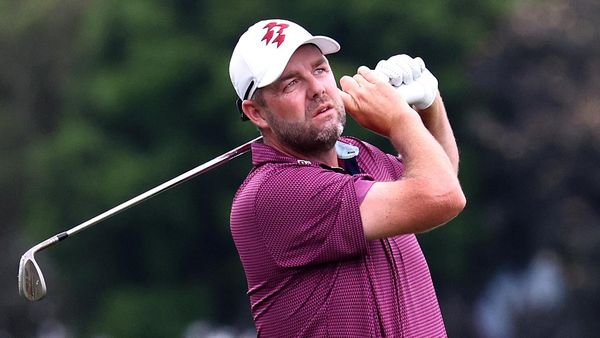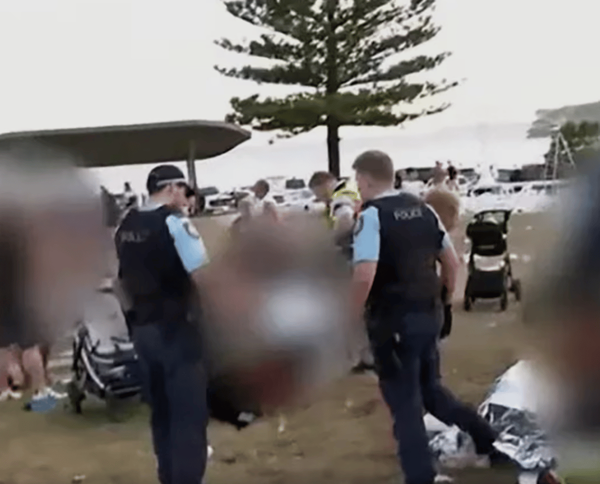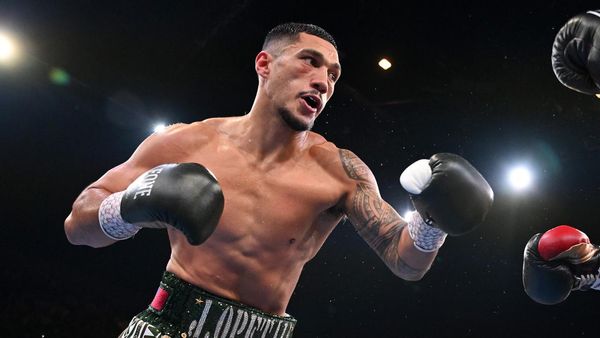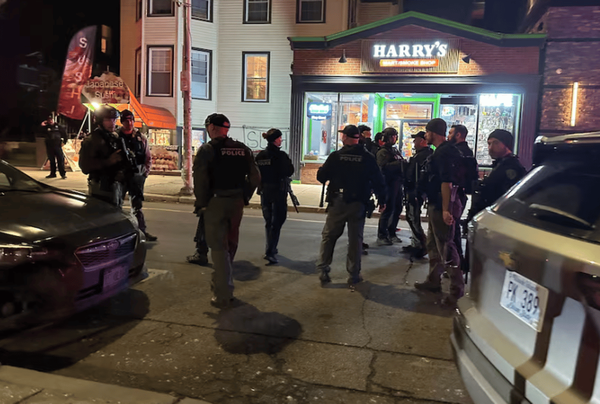Calls for changes to crocodile management in Queensland have followed the release of the latest survey of the species, released by the state government.
The three-year study found the population of saltwater or estuarine crocodiles, the world's largest reptile species, has increased by 2.2 per cent since 2018.
From 5,000 crocodiles estimated to live in the state before hunting was banned in 1974, numbers have now recovered to around 30,000 mature animals.
Crocodile expert Charlie Manolis has studied the reptiles since the late 1970s and said the data showed strong population recovery.
Wildlife program coordinator for the Department of Environment Matt Brien said, despite the increase since 2018, the population was unlikely to grow further.
"The numbers are at the top of where they're going to get to," Dr Brien said.
"Queensland has a broad array of habitats and it's not great for crocodiles, there's limited nesting habitat.
"We don't believe it will get a whole lot bigger than it is now."
Problem crocs targeted
The Queensland government has run a problem croc program to relocate or, in rare instances, euthanase crocodiles that threaten public safety.
While the program has evolved over time, Dr Manolis said the situation was largely effective.
"It doesn't mean you may not have attacks — it's like saying the roads are beautiful therefore we won't have any car accidents," he said.
"Crocodiles are part of the environment and, in some areas, they're an attractant for tourism.
"I think the croc safety program has been quite effective."
No breeding crocodiles were found south of the Fitzroy River, on the edge of the Tropic of Capricorn near Rockhampton, and Dr Brien said there was zero evidence of southwards migration.
About 450 crocodiles over two metres in length have been removed from the Townsville to Cooktown region since 2004, with crocodiles surveyed in that highly urbanised region subsequently being smaller on average than the rest of the state.
Dr Manolis said, as the population recovered, the size of crocodiles could increase as the species could live to more than 80 years old.
"From a public safety perspective, it means if you've got larger crocodiles, the risk of attack certainly in areas where there are people may be higher," he said.
Practical solutions needed: Katter
North-west Queensland MP Robbie Katter questioned the methodology of the counting program but said he had only anecdotal evidence of deficiencies in the survey.
The Katter's Australian Party (KAP) representative said the fact the crocodile was no longer an endangered species meant changes to management were needed.
"From day one when we tried to change anything with crocodiles, the government has resisted and said they're not going to change anything," he said.
Mr Katter said he believed new management strategies were needed and the government was still treating crocodiles as though they were endangered.
"I would have thought the federal government would move them off the endangered species list but no-one's going to do that because it's not going to be popular in the cities."
But Dr Manolis said culling was not used in Australia, including in the Northern Territory with its higher crocodile population, due to the risks posed by animals made warier by shooting.
"What you can do is make crocodiles more wary of humans and even though they're there, people don't realise it and safety is affected."
But Mount Isa-based Mr Katter has reiterated his support for egg harvesting by Aboriginal people to cap the population of crocodiles in the state's north.
"The KAP took legislation to Parliament for a Crocodile Management Authority to be based in Cairns," he said.
"It would take it away from the government [and] politicians so people could control the eggs harvested and culling if required.
"Both Liberal and Labor voted against that bill, they tried to make out it was a fanatical attempt to cull crocodiles. All we wanted was some practical management, autonomously from Brisbane."







